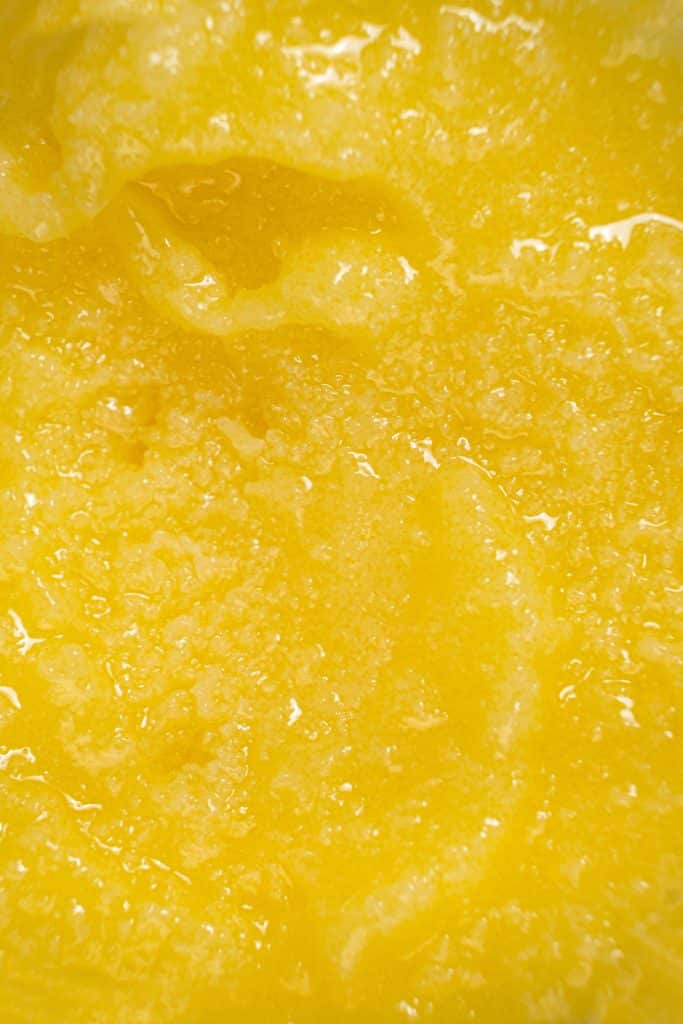Milkfat Ingredients
Butteroil Standard
v 1.0 | Effective 07/05/2023

Product Definition
Butteroil is the product obtained from sweet cream or from butter, where the fat content is increased to nearly 100% by the almost total removal of water and solids non-fat using one or more physical separation processes. Butteroil complies with all provisions of the U.S. Federal Food, Drug, and Cosmetic Act.
Standard: Printable PDF
Composition
| Parameter | Units of Measure | Limits |
|---|---|---|
| Milkfat | %, w/w, as-is basis | 99.6 minimum |
| Total moisture | % w/w | 0.3 maximum |
| Free fatty acids | % w/w, as oleic acid | 0.5 maximum |
| Other constituents including salt | % w/w | 0.1 maximum |
| Salt | % w/w | 0.05 maximum |
Other Characteristics
Physico-chemical Properties
| Parameter | Units of Measure | Limits |
|---|---|---|
| Color | visual | uniform, characteristic golden “butter” color |
| Flavor and odor | sensory | clean bland characteristic flavor and odor, free from rancid, oxidized, or other objectionable flavors and odors |
| Physical appearance | visual | smooth and fine granules to liquid, depending on temperature; transparent in liquid form |
| Copper (Cu) | mg/kg | 0.05 maximum |
| Iron (Fe) | mg/kg | 0.2 maximum |
Microbiological Analysis
| Parameter | Units of Measure | Limits |
|---|---|---|
| Standard plate count | CFU/g | 5,000 maximum |
| Yeast and mold | CFU/g | 10 maximum |
| Escherichia coli | CFU/10g | 3 maximum |
| Coliforms (1) | CFU/g | 10 maximum |
| Enterobacteriaceae (1) | CFU/g | 10 maximum |
| Listeria | CFU/25g | not detected |
| Salmonella | CFU/25g | not detected |
| Staphylococcus (coagulase positive) | CFU/g | not detected |
(1) The food industry is trending toward Enterobacteriaceae (“EB”) as the most commonly used category of indicator organisms for gauging general process sanitation. For compliance to this Standard, either coliforms and/or EB shall be utilized, at the discretion of the manufacturer.
Methods of Analysis
| Parameter | Reference Method |
|---|---|
| Milkfat | AOAC 989.05 |
| Moisture | AOAC 925.45 |
| Free fatty acids | AOCS |
| Metals | FCC |
| Microbiological tests | FDA-BAM |
Permissible Additives
Butteroil may be fortified with any antioxidant that is approved by Codex Alimentarius for use in Food Category No. 02.1.1 Butter oil, anhydrous milkfat, ghee as shown in Table Two of CXS 192-1995, provided that the antioxidant is also approved for use in food by the U.S. Food and Drug Administration. Any antioxidant used shall be food grade and shall be used in accordance with U.S. current Good Manufacturing Practices and in accordance with its GRAS status, where applicable.
Product Labeling
Recommended identification: Butteroil
Butteroil is suitable for use in any application where butter might otherwise be used.
Product should be stored, shipped, and utilized according to the manufacturer’s established recommendations. As guidance, product should be stored and shipped in a cool, dry environment with temperature below 80°F and relative humidity below 65%. Stocks should be rotated and should utilized in accordance with the manufacturer’s established date of expiration or retest.
Drums, cartons, corrugated fiber totes with polyolefin inner liner, or other suitable closed containers are typical. Containers may be flushed with an inert gas (e.g., nitrogen) before, during, and/or after filling, which serves the purpose to displace oxygen. Carbon dioxide may not be used for this purpose. Any gas used shall be food grade and shall be used in accordance with U.S. current Good Manufacturing Practices and in accordance with its GRAS status, where applicable.
External References
7 CFR §58.347 Butteroil or anhydrous milkfat
Codex Standard for Milkfat Products STAN 280-1973
CXS 192-1995 Table Two
